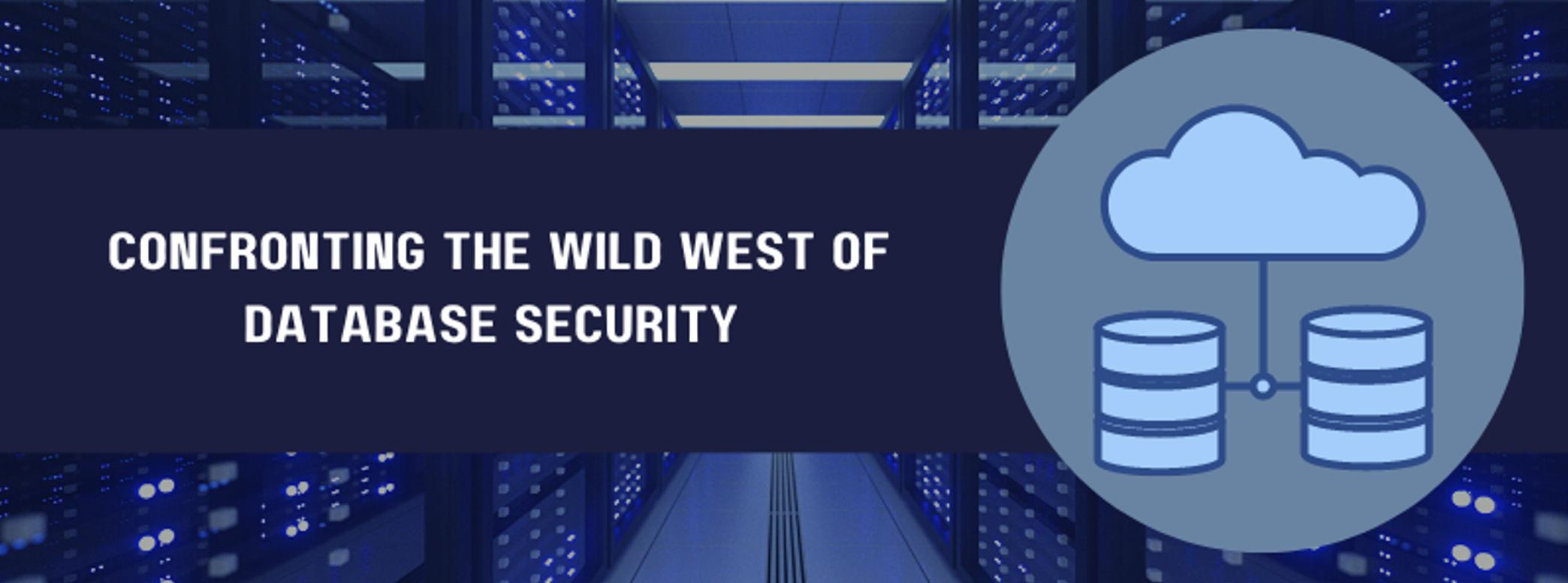Last Updated on January 18, 2024
The wild west is full of threats. From rogue cowboys to rattlesnakes, there is something new and dangerous around each bend.
This is the world outside your database.
Don’t hand over the reins to the looters. Make sure your database is secured before the threat arrives.
Robert Buda, President of Buda Consulting, Inc, and expert in database technology, joins me to discuss the value of database security and what you can do today to improve your security measures.
Scurvy, cholera, and dysentery, oh my!
When settlers decided to journey to the west, they often feared wild animals and weather. However, diseases were the deadliest risks these travelers faced. Many did not survive the trip as diseases, highly underestimated, took thousands by surprise.
Like pioneers underestimating disease, companies often fail to recognize the severity of many cyber threats. These threats can infiltrate an organization, causing detrimental damages and losses before their presence is even recognized.
“Companies underestimate the risk of insider threats, both internal and external — and both intentional and unintentional.” — Robert Buda
Many companies rely heavily on the outside perimeter of protection. But, they fail to see the “internal” threats such as successful credential theft, and the amount of risk they contribute to an organization.
Just like disease in the wild west, insider and unintentional threats add to existing intentional threats but are greatly underestimated.
While these threats may not be aimed toward database access, they can still gain entry if successful. For example, suppose a phishing attempt on an employee’s email is successful. In that case, the attacker may gain access to the employee’s personal information and employment information, potentially gaining access to protected databases via a backdoor that was otherwise unknown.
Making sure your databases are adequately protected by recognizing the criticalness of these and other underestimated risks is vital.
Power in numbers and diverse skills
Databases function in conjunction with other systems, apps, and individuals gaining access. This means that even if the database is secure, risks can still exist for any users accessing it.
When protecting all the exposed surfaces of database access, working together as a team across IT infrastructure areas is essential. Further, it’s crucial for the team to be comprised of many different specialists.
“We need to work together — if we’re securing the database, we need to work with the teams that are securing the network, the servers, and the storage.” — Robert Buda
Don’t enter into the wild west of cybersecurity with only a band of database specialists. The security and administration of servers, networks, storage, and communication systems is just as important in protecting the database as database security.
Ensuring that all potential weaknesses or areas of exposure are adequately maintained and monitored will help to arm your database with the most substantial protection.
The unknowns of new technologies and constantly shifting schemas
As pioneers settled across the west, wild things continued wherever they put down roots. While they may not have had to worry about broken-down wagons or trail robbers, there were new threats to their safety.
Likewise, with database security, with new technologies come novel risks. Some newer technologies come with the misconception of increased security. While they may be safer in some ways, there are constantly shifting threats to consider.
“If we take the approach that says, ‘Well, now that I’m moving to the cloud, I really don’t have to worry about a lot of this security stuff.’ I think that could actually make us more vulnerable.” — Robert Buda
Often, it can be challenging to nail down exactly where sensitive data is being stored, especially in cloud-based environments. Therefore, it is more difficult to protect that sensitive data.
With over 70% of current workloads migrating to the cloud, there are more risks than ever, as organizations fail to truly understand where their data lies, how each accessing party is protecting itself, and how many avenues of access exist.
As new technologies shift and become smarter, organizations may be able to better protect themselves and their databases. However, as the cloud and similar new technologies constantly evolve, providing adequate respect and preparedness for threats through these avenues will be pivotal in establishing overall data preservation and surveillance.
Confronting the wild west of database security and winning
It isn’t easy ensuring the safety of your database, particularly when facing many new technologies.
However, navigating the trails to robust database security is possible.
To do this, it is essential to ensure all internal and external risks are recognized. While it may not be possible or reasonable to develop security and protection around each of these risks, it will be vital to weigh which risks come with the most significant threat, then build a defense around them.
Working in a team with other specialists will be critical, especially in areas that access the database. It doesn’t matter how secure your database is if those accessing it are not secure.
Finally, approaching new technologies with an open but skeptical approach will help to identify potential risks that may otherwise not be seen.
Database security may be like the wild west because many don’t adequately prepare for threats and risks. But a successful journey is likely with the right skills, knowledge, and preparation.
What’s next?
To get every word of this provocative conversation with Robert Buda and John Verry, click here.






















